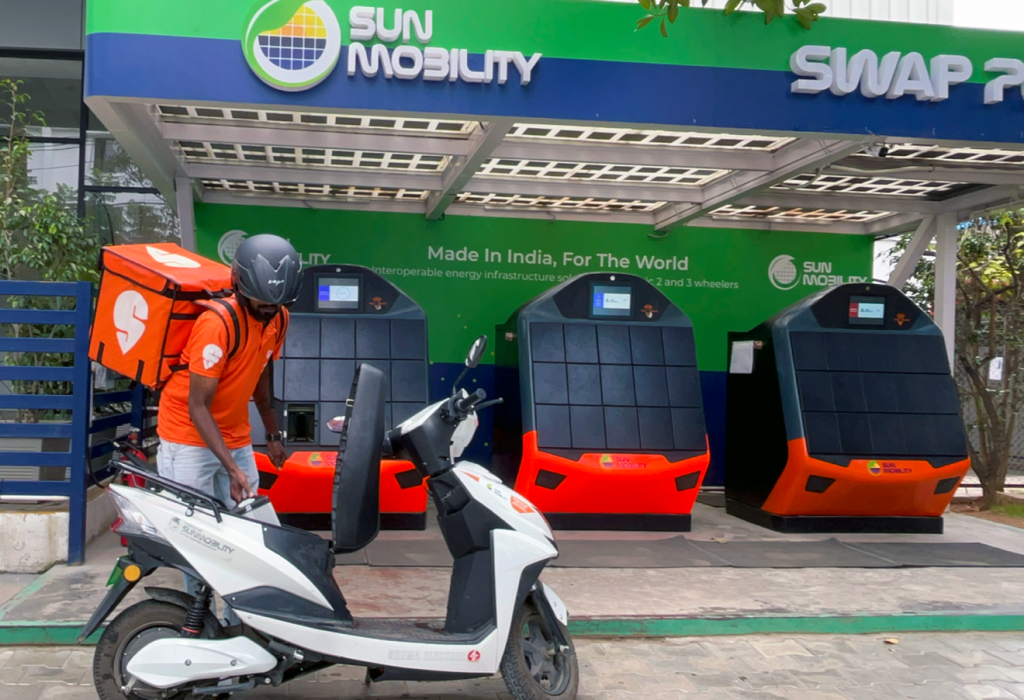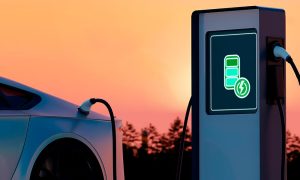Battery swapping in Asia is emerging as a promising alternative to traditional charging stations. As electric vehicle (EV) adoption rises, the need for quick and accessible charging solutions becomes urgent.
For years, charging infrastructure has been one of the biggest challenges for the growth of electric mobility. The lack of fast, efficient, and accessible solutions has hindered large-scale adoption.
In response, Asia has embraced an innovative model that could transform how electric vehicles are recharged and accelerate the shift toward more sustainable transportation.
Read more: CATL Revolutionizes the Battery Market with Innovative Naxtra Technology.
Battery swapping in Asia: solving the charging dilemma
India is at the forefront of this shift. Instead of relying on conventional charging points, battery swapping in Asia is gaining traction as a faster and more effective solution.
This system lets drivers replace a depleted battery with a fully charged one in just minutes.
SUN Mobility is leading the way with over 600 battery swapping stations installed in Delhi, Bengaluru and Mumbai. Their IoT-based technology allows for real-time tracking and usage monitoring—ideal for commercial and last-mile fleets.

Another key player is Bounce Infinity, which has introduced a “Battery as a Service” (BaaS) model. Rather than owning the battery, users subscribe to energy plans, lowering the upfront cost of electric vehicles and only paying for what they consume.
More efficiency, less cost and no waiting time
Battery swapping in Asia offers critical advantages. It eliminates charging wait times, crucial for couriers and service drivers with tight schedules. By decoupling battery ownership from the vehicle, it also makes EVs more affordable.
Productivity, efficiency, and convenience are the cornerstones of this emerging model, especially in densely populated and high-demand regions.
Can Asia’s battery swapping model inspire Latin America?
While battery swapping in Asia is still new in other parts of the world, its early success may serve as a blueprint for Latin America. Lowering adoption costs and optimizing fleet operations are tangible benefits already being demonstrated.
Asia is showing the path forward to smarter, faster, and more inclusive electric mobility.todos.



